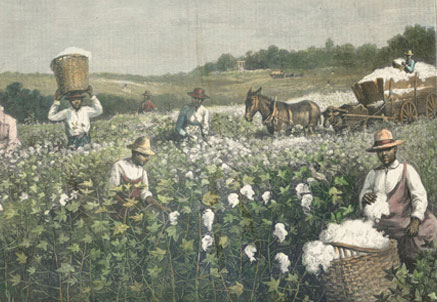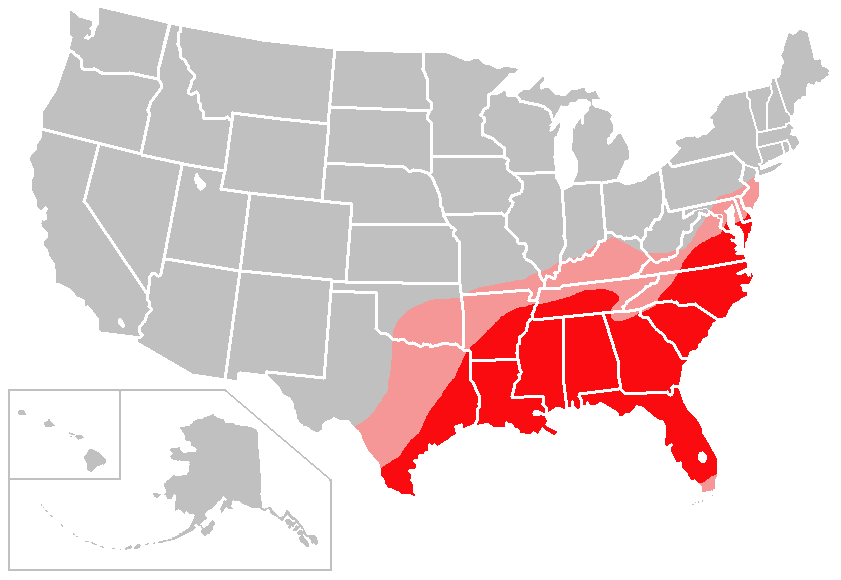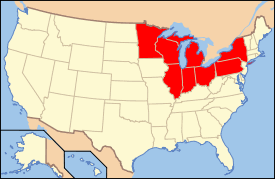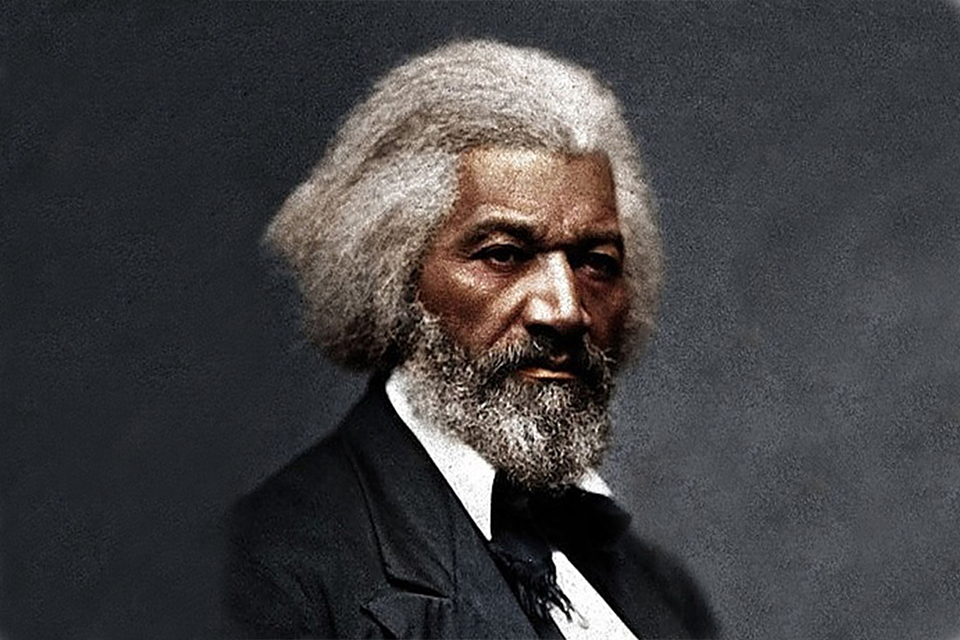American Civilization | The Road to The American Civil War
Part Two | A house Divided: two economies, two societies
|
Accepting the Republican nomination for the Senate in 1858, Abraham Lincoln delivered his famous speech in which he stated, “A house divided against itself cannot stand I believe this government cannot endure permanently half slave and half free…. It will become all one thing, or all the other." The line “a house divided” is drawn from the Bible:
“And Jesus knew their thoughts, and said unto them, Every kingdom divided against itself is brought to desolation; and every city or house divided against itself shall not stand.
|
In his speech, Abraham Lincoln highlighted the threat of disunion due to slavery. He believed that a country that is at cross-purposes with itself will eventually fall into desolation. The numerous compromises that had previously been reached to settle the issue of slavery only acted as temporary truces. Those ominous compromises contributed to the development of sectionalism in the United States. Sectionalism is defined as “an exaggerated devotion to the interests of a region over those of a country as a whole” (Britannica). The most sectional tension was between the North and South.
Contenu reservé aux membres | Member Only ContentConnectez-vous pour lire la suite | Sign in to read more
|
If you are already logged in, please scroll down. | Si vous êtes déjà connecté, veuillez descendre.
|
|
|
The South | a rural and agricultural region
|
The South was mainly a rural region with a warm climate which made it ideal for large-scale farms and crops like tobacco and cotton. Cotton was the most important product / commodity (merchandise) in international trade because it was one of the main raw materials used for making cloth during the Industrial Revolution. Indeed, Cotton amounted to 50% of the American export, and thus became the backbone of the Southern economy. In order to remain competitive the United States had to produce cheap cotton and, as a consequence, resorted to enslavement.
By 1860, The South’s “peculiar institution” had become closely tied to the region’s economy and culture. Enslaved people in the South constituted about one-third of the southern population. US pop : about 31 million (the total population included 3,953,762 slaves.) |
The south was controlled by an elite of Planters. They were a small elite who owned large pieces of land and monopolized the government and local authorities. Planters saw themselves as gentlemen and aristocrats. They lived in huge mansions and enjoyed a lavish lifestyle. The southern states of the country were dominated by the ideology of paternalism.
However, it is important to bear in mind that 3/4th of white southerners did not belong to this elite and did not own slaves.
However, it is important to bear in mind that 3/4th of white southerners did not belong to this elite and did not own slaves.
The North | an urban and industrial area
|
The northern soil and climate favoured smaller-scale farms rather than large plantations. The north was a region of big cities like New York and Boston, and industry flourished in these urban areas. There were two main industrial areas in the north:
|
The Northern Sates attracted / drew waves of immigrants. During the decades preceding the outbreak of the Civil War, the population rapidly increased. African-Americans were free but they weren’t citizens and as a consequence could not vote.
Abolitionism was the dominant movement in the north. Abolitionists demanded the end of slavery and that blacks be treated as equal to whites. For abolitionists African-Americans should be treated as free citizens. It is worth saying that abolitionism was the first movement to be racially mixed.
Abolitionism was the dominant movement in the north. Abolitionists demanded the end of slavery and that blacks be treated as equal to whites. For abolitionists African-Americans should be treated as free citizens. It is worth saying that abolitionism was the first movement to be racially mixed.
|
Abolitionist leader Frederick Douglass was born into slavery sometime around 1818 in Maryland. After escaping from slavery, he became one of the most famous intellectuals of his time. He also supported women’s rights and Irish home rule. Women were also heavily involved in the abolitionist movement. Many women became aware of their condition and they made a parallel between the condition of slaves and their own conditions. It is important to remember that there were not citizens either. Furthermore, a married woman had to give her wages to her husband. Women identified with slaves and wished to join forces with abolitionist activists to fight against inequality.
|
|
|
Documents | lire attentivement et répondre aux questions
| |||||||||||||||||||||





